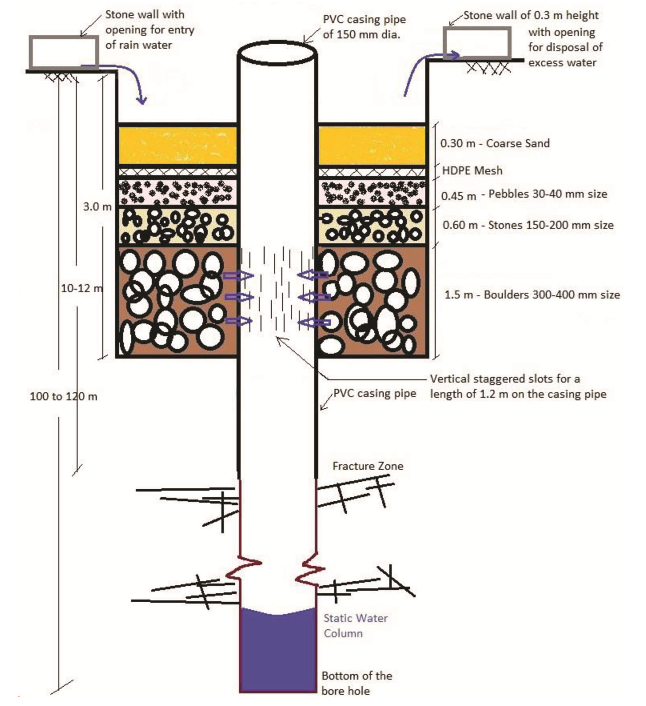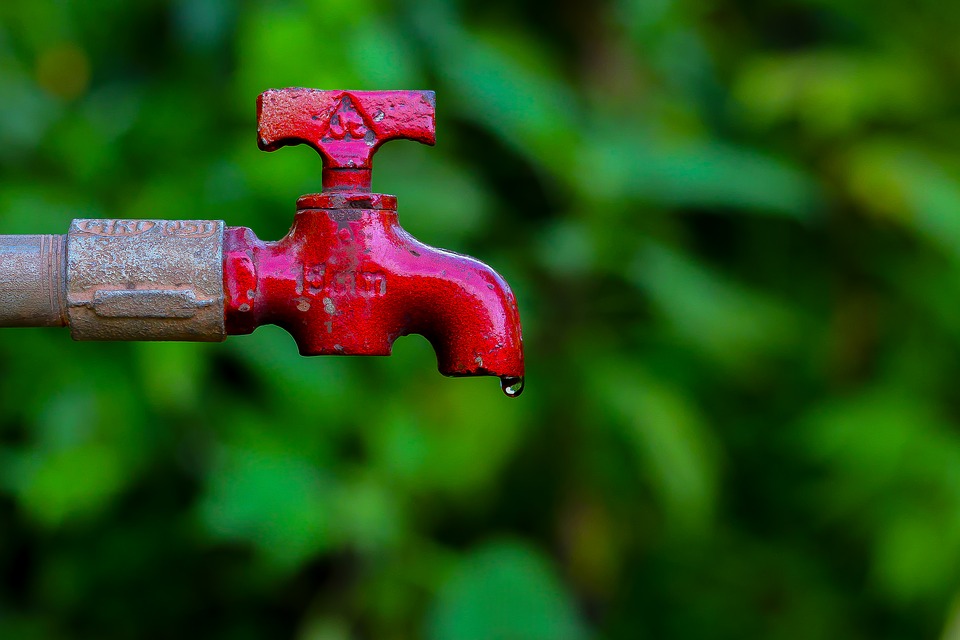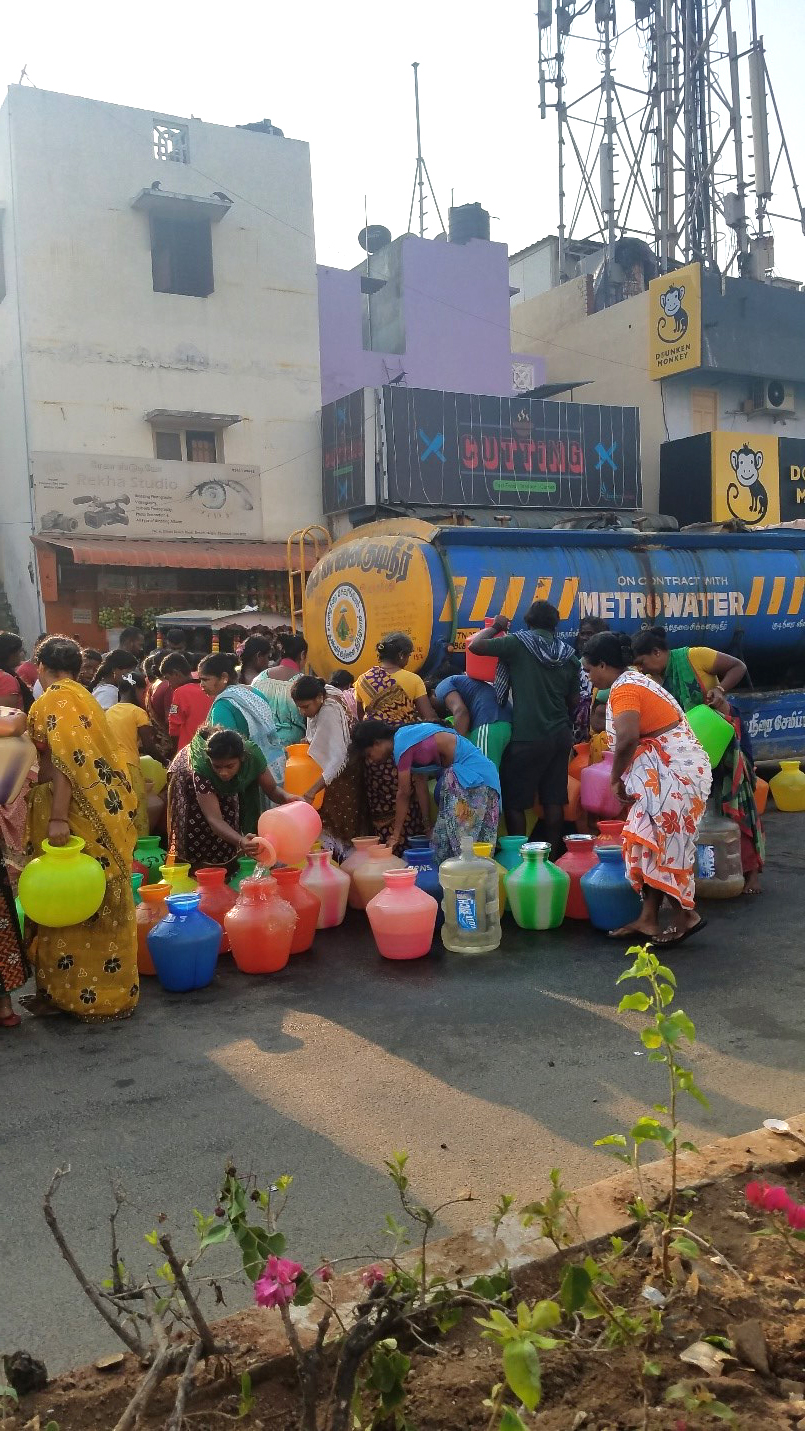Bangalore, the once-upon-a-time sleepy city in south India was a paradise for pensioners. Home to more than 250 lakes in the 1960’s, today there are less than 20 healthy lakes in the heart of the city. Where once the lakes were a source of drinking water to the residents of water, today, water is pumped from River Cauvery that is located about 100 km from Bangalore and at a lower elevation. This is obviously not sufficient for the more than 12 million population of Bangalore, and there is heavy reliance on groundwater to meet the water needs of the city. Over the years, we have gone from striking water at a depth of 100 ft to a depth of nearly 2000 ft. Are we the next city to go the Cape Town way?
Solutions exist. And all of us need to play our part. Please refer to The three steps on Water to find out how you, as an individual, can make a difference to the water situation. Collectively, as communities, as enterprises, as government, we can effect changes that are more widespread and long lasting.
Enter Rainwater Harvesting. Bangalore receives around 970 mm of rain every year. With more and more lakes being converted into real estate, our natural mechanism of recharging the ground water is dwindling rapidly. The Government of Karnataka has mandated rainwater harvesting systems for all buildings regardless of the size of their plot. However, implementation of this has happened in just a fraction of buildings. As of 2017, only 50% of buildings had implemented rainwater harvesting systems. Today, most residential and commercial buildings rely on tanker water for their water needs. The tanker water is pumped from borewells, whose owners charge a premium for the water.
There needs to be a change in mindset. A change in policy. There needs to be a sense of urgency. It is no longer enough to harvest water from your rooftop to reuse. It is imperative we create avenues for water to recharge the ground.
A case in point is the community I live in – Ferns Paradise. In 2013, we implemented a direct borewell recharge system for two borewells.
What is Direct Borewell recharge?
Direct borewell recharge is NOT letting rainwater directly into a dried-up borewell. This will contaminate the groundwater. The best mechanism to recharge a borewell is to build an injection well within 20ft of the existing borewell. The injection well is about 100 ft deep and has filtration media. A simplistic diagram of an injection well is shown below. Rainwater enters the top of the casing and passes through a series of filters and gets released into the ground through percolated pipes. The water then percolates into the deeper layers of the earth’s strata through dry joint and cracks till it reaches the aquifer.

Implemented by Farmland Rainwater Harvesting, it is a system where an injection well is dug next to the borewell and rainwater is directed through a series of filters to reach the deeper layers of the earth’s strata (see inset).
The layout originally had 7 – 8 borewells that progressively dried up as the number of residents increased. When a new borewell struck water only at 1100 ft, we decided it was time to take serious action. A direct borewell recharge system was implemented. Thanks to this timely intervention, the borewell at Ferns Paradise continues to demonstrate the same yield as when it was dug nearly 6 years ago, despite the appearance of large IT parks in the vicinity.
That was then. This is now. Today, it is no longer a “nice thing” to do to save the environment. It is the need of the hour. Our existence depends upon it.
We are in a crisis. We need to act like we would in a crisis. Government and citizens alike, we need to wake up to the reality.
Here is the ask from the government. There needs to be a strong message sent out to commercial entities operating borewells in terms of a regulation.
Implement injection wells for groundwater recharge for every borewell you operate – responsibly, ensuring the groundwater is not contaminated.
Implement it within twelve months of the regulation or risk shutdown of your borewell.Here is the ask from users – Implement the government order. The alternative is, well, survival itself. And become another Cape Town.
As I write this blog, an elderly woman from Kerala comes and makes conversation with me. Interestingly, the topic veers to groundwater in Kerala. Where once, they were able to literally scoop water out from an open well with a container, today, borewells are cropping up everywhere.
All of us understand the need for water. Do we understand the mechanics of the water cycle?


